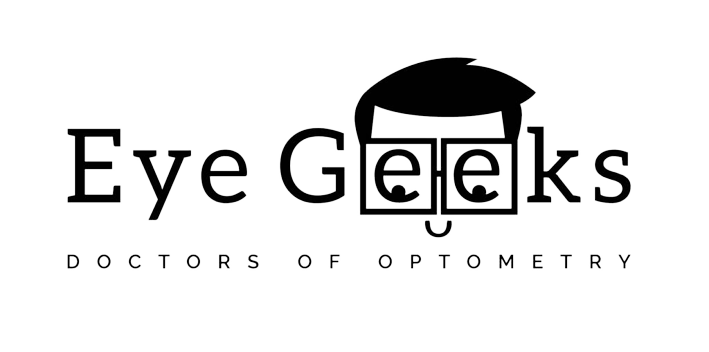Are your eyes feeling uncomfortable? Are they gritty, tired, or sensitive?
If so, you may be suffering from Dry Eye.
Dry Eye Disease is a disease of the surface of the eye. Being multi-factorial, it can occur as a result of a number of culminating factors, both genetic and environmental. There are two main types of Dry Eye – Evaporative Dry Eye and Aqueous Deficient Dry Eye – both of which we see and treat regularly at Eye Geeks Doctors of Optometry – right here in the heart of Downtown Los Angeles.

Today, we’ll look at these two variations of the disease, why they occur, and how we go about using our unique technology to diagnose and treat you.
- Evaporative Dry Eye.
As you may have guessed by the name, Evaporative Dry Eye is all about evaporation – which typically comes as a result of problems in your eye’s oil glands (AKA Meibomian Glands).
Our Meibomian Glands exist to ensure that our eyes are lubricated. With each blink, these glands secrete meibum – which is made up of a mixture of oils – onto the surface of our eye, helping minimize friction and ensure clarity in our vision.
In healthy eyes, we have between 45 and 70 glands. Structured vertically, these glands can be up to 6mm long, running vertically on the inside of the eyelid.
It’s no secret, here in Los Angeles, our eyes can suffer the consequences of the environment, both through dry conditions and common use of air conditioning. Alongside the frequency in which we all use screens in our day-to-day life, unfortunately, it provides the perfect situation for Evaporative Dry Eye to flare up as we become less inclined to blink, leading to a buildup of oils on the surface of our eyes.
In cases of Dry Eye, these meibomian glands begin to change structure, impacting the secretion of meibum into the eye. In normal circumstances, the consistency of meibum is similar to olive oil, however in the case of Dry Eye, when buildup occurs, our meibum can become waxier, toothpaste-like consistency. As a result, meibomian glands become distorted, and shortened, and can experience atrophy. Without our meibomian glands functioning properly, the front surface of the eye can become symptomatic.
Common symptoms include:
- Tired Eyes
- Red Eyes
- Grittiness
- Itchiness
- Watery Eyes,
- Blurry or Fluctuating Vision,
- Light Sensitivity
- Burning Eyes.
How do we Diagnose Evaporative Dry Eye?
At Eye Geeks, we offer an exclusive Dry Eye Examination using our meibography device that takes infrared images of your meibomian glands to better understand their state. By conducting this meibography, we are able to gain a clearer picture of the state of your glands by utilizing the images to evaluate gland atrophy, segmentation, and tortuosity.
With around 85% of all Dry Eye cases being evaporative in nature, we have prioritized ensuring that we can cater to our patients with only the best technology and diagnosis tools.
- Aqueous Deficiency Dry Eye
The other common form of Dry Eye – Aqueous Deficiency accounts for around 15% of cases. This variation of Dry Eye stems from our eyes producing fewer tears than normal, resulting in friction problems on the eye’s surface and symptoms such as burning and grittiness.
Our lacrimal glands are responsible for ensuring that we have adequate amounts of tears – helping us to maintain clean and healthy eyes. When these glands are damaged, we can find ourselves experiencing Aqueous Deficient Dry Eye.
How do we Diagnose Aqueous Deficiency Dry Eye?
The main way we diagnose this form of Dry Eye is through the use of a Schirmer’s Test, which is a great tool to help determine tear volume and thus understand whether you are able to adequately lubricate the surface of your eyes.
How does Eye Geeks treat Dry Eye?
Check out our Dry Eye Exam page HERE to learn all about how we can help you treat Dry Eye right here in our Downtown Los Angeles Optometry Clinic.
Some of our common options include a range of eyedrops or eyelid deep cleaning. With our careful and hygienic examination practices, we will be sure to provide the most beneficial treatment for your Dry Eye.
Think you might be suffering from Dry Eye? Well, you’re in the right place!
Complete our Dry Eye SPEED questionnaire – it will help you (and us) identify and understand the severity of your symptoms. From there, you can book your appointment with our Optometrist Dr Irene Diep.
Otherwise, if you have any questions, queries or concerns, feel free to reach out here(link to contact), or give us a call on +1 213-749-9966 – we’d love to help!
